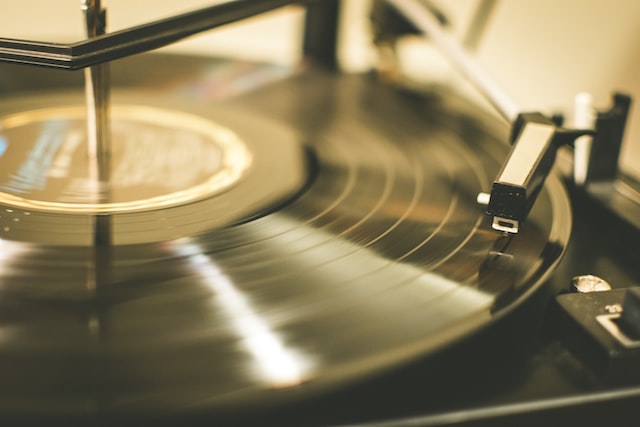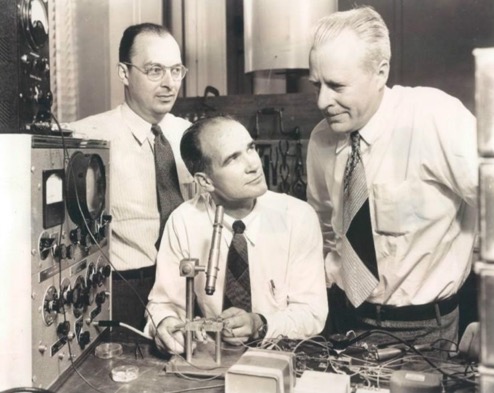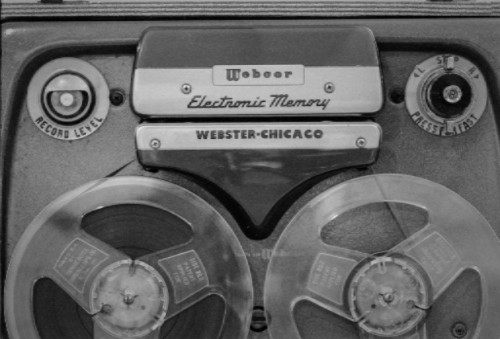

- © 2003 - 2025 Dynamix Productions, Inc. Contact Us 0



Arthur Haddy may not a household name, but his achievements are. Haddy is considered by many to be the "father of hi-fi." He may single-handedly be responsible for some of the greatest consumer audio advancements of the late 20th century: High-fidelity recordings, Stereo LPs, and Cassette Dolby noise reduction.
"I bought a Dutch barge and turned it into a recording studio. My plan was to go to Paris and record rolling down the Seine."
Pete Townshend, The Who
I'm conflicted on the topic of recording music at home. The business part of me frets about studios losing out on billable hours. The musician part of me relishes creating art in a non-pressure environment. But the history of artists recording radio-ready songs in their humble abodes goes back further than you might imagine. Let's explore how affordable home music recording for the masses came to be, but also look back at the origins of this revolution in recording.

"If we knew what it was we were doing, it would not be called research, would it? "
Albert Einstein
Bell Labs was born more than a hundred years ago out of the need to improve the nascent telephone. It grew into a pure research facility that made an astounding number of scientific discoveries, improved or invented new technologies, and even influenced art and music.

"As so much music is listened to via MP3 download, many will never experience the joy of analog playback, and for them, I feel sorry. They are missing out."
Henry Rollins
There's a growing trend in the music business - recording to reel-to-reel tape. Wait, I thought we got rid of that when we went digital. The truth is, it never went away. Much like the recent boom in sales of records and film, reel-to-reels are gaining new fans and bringing back old ones.

“Within You Without You,” The Beatles
1967
How would you describe a sound to someone without using descriptors that are unique to sound, like: loud, bassy, shrill, whining, atonal, or noisy?
Not a problem, because we most often describe a sonic experience with words related to our other senses: sharp, warm, angular, raspy, piercing, even, warbling, soft, smooth, or flat.